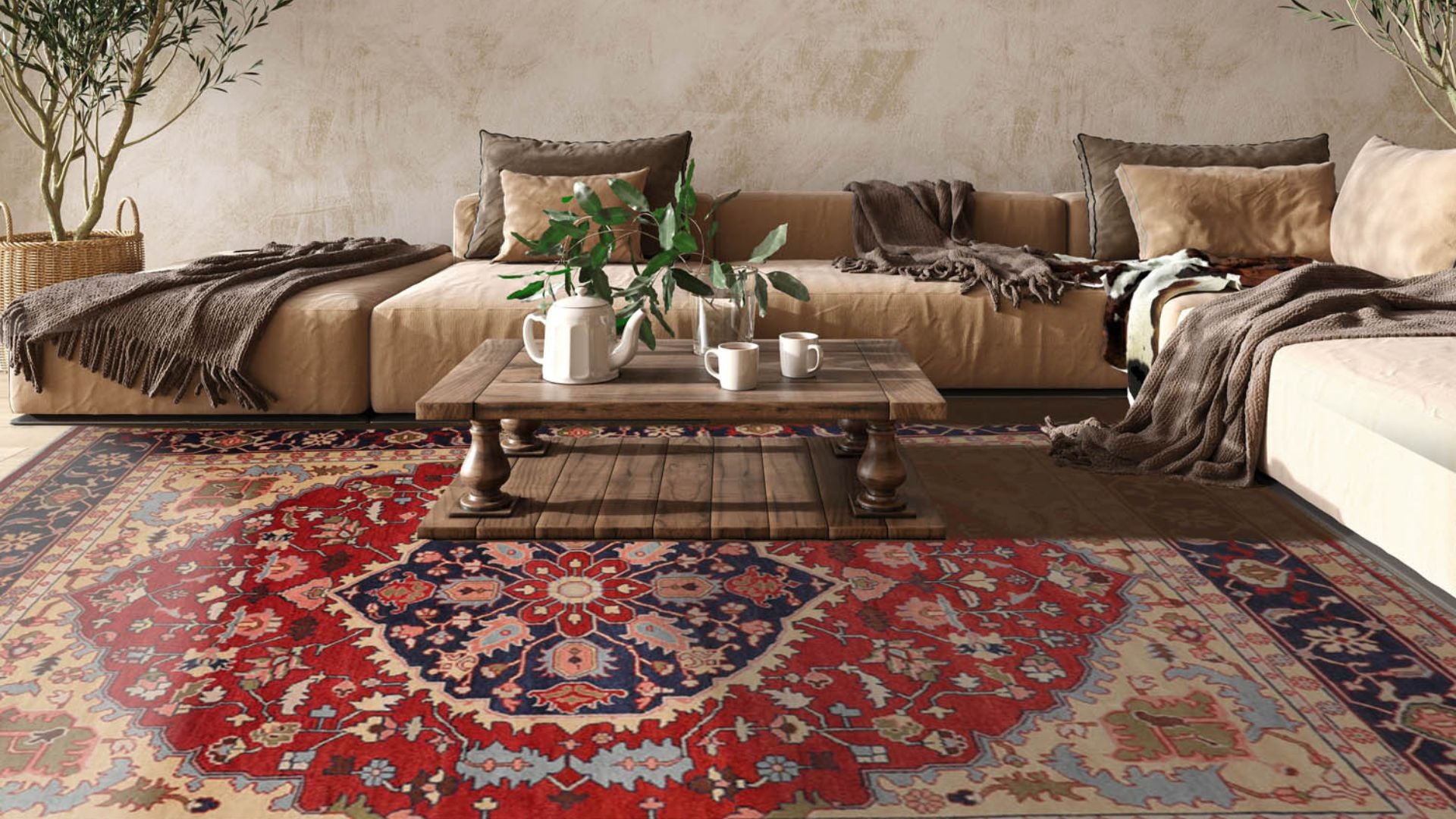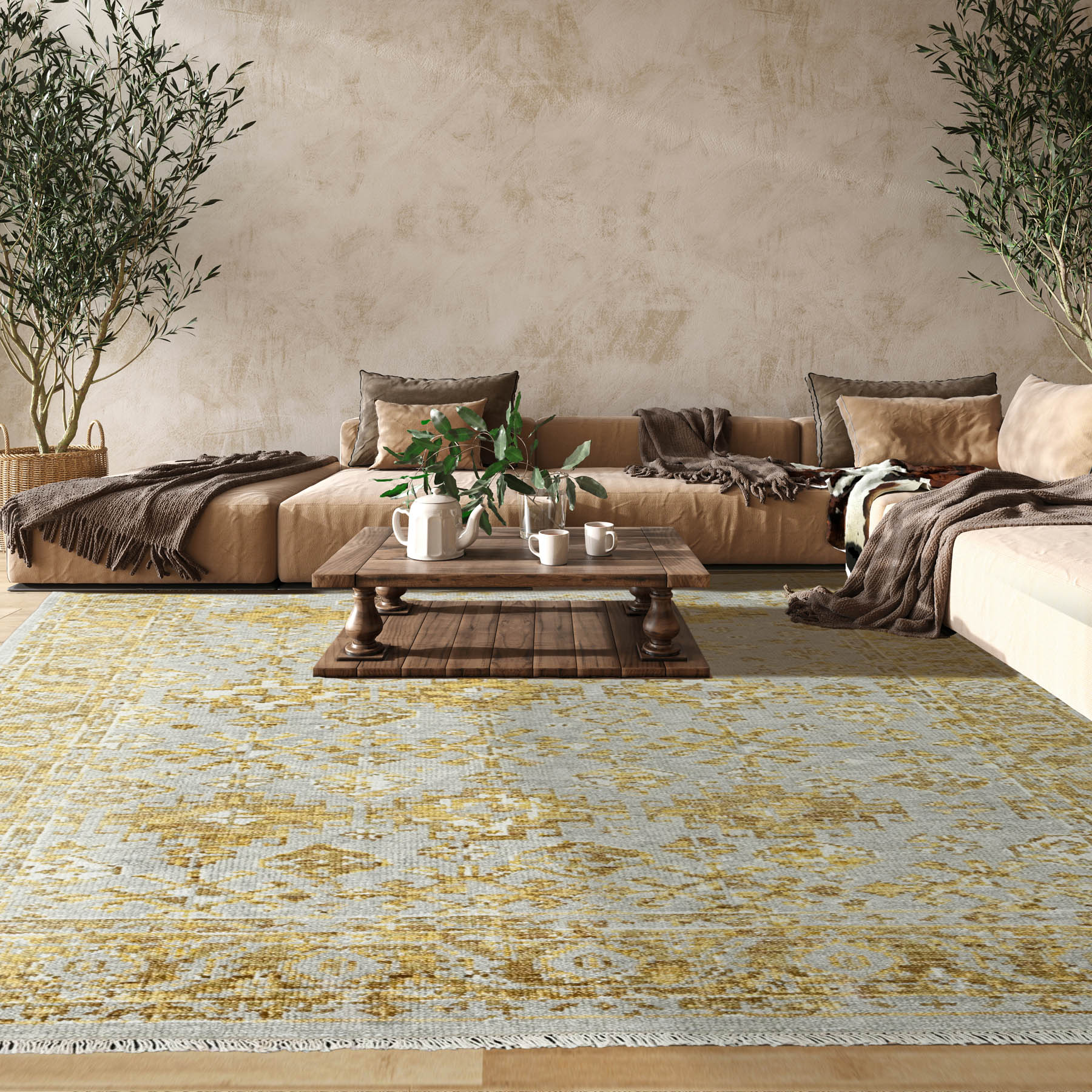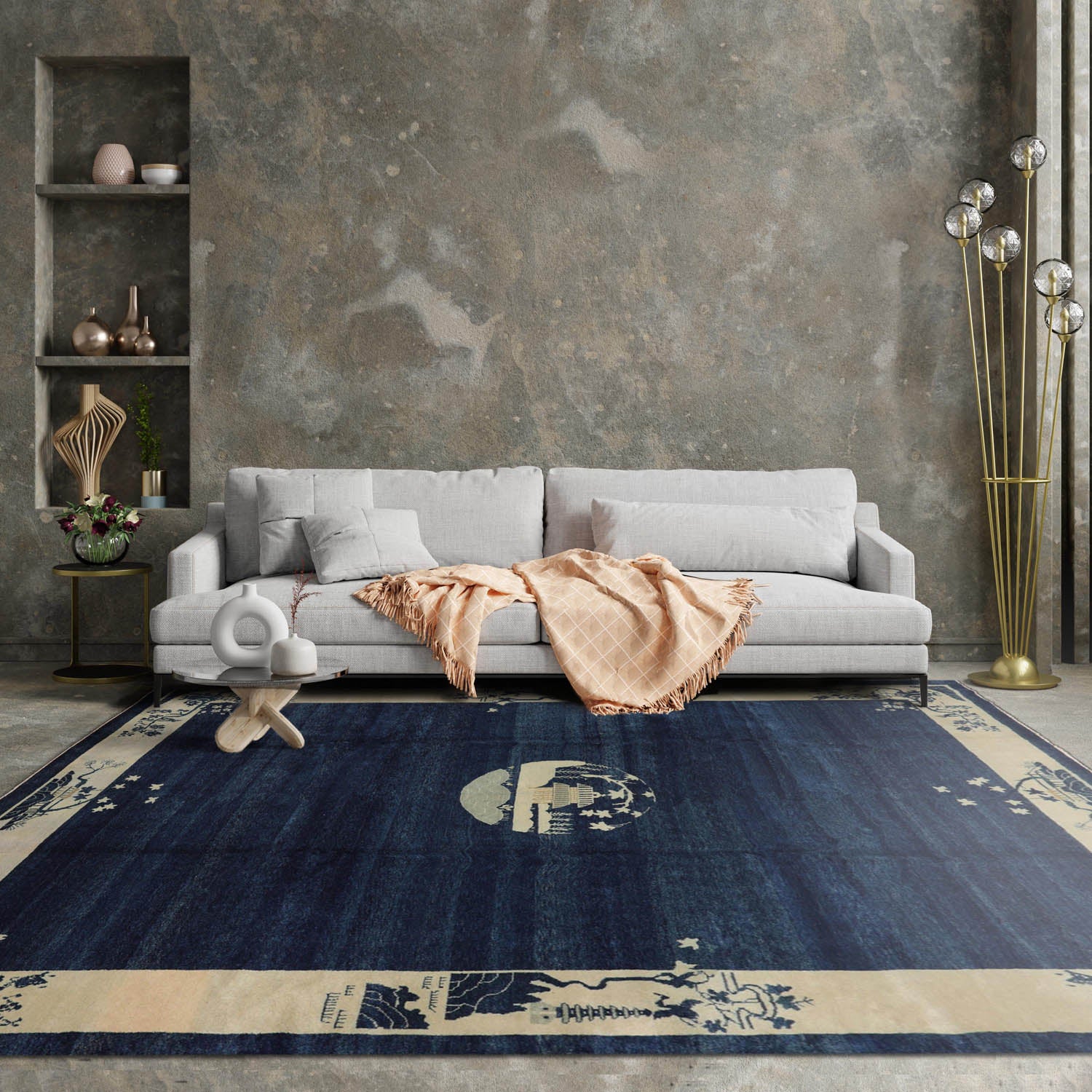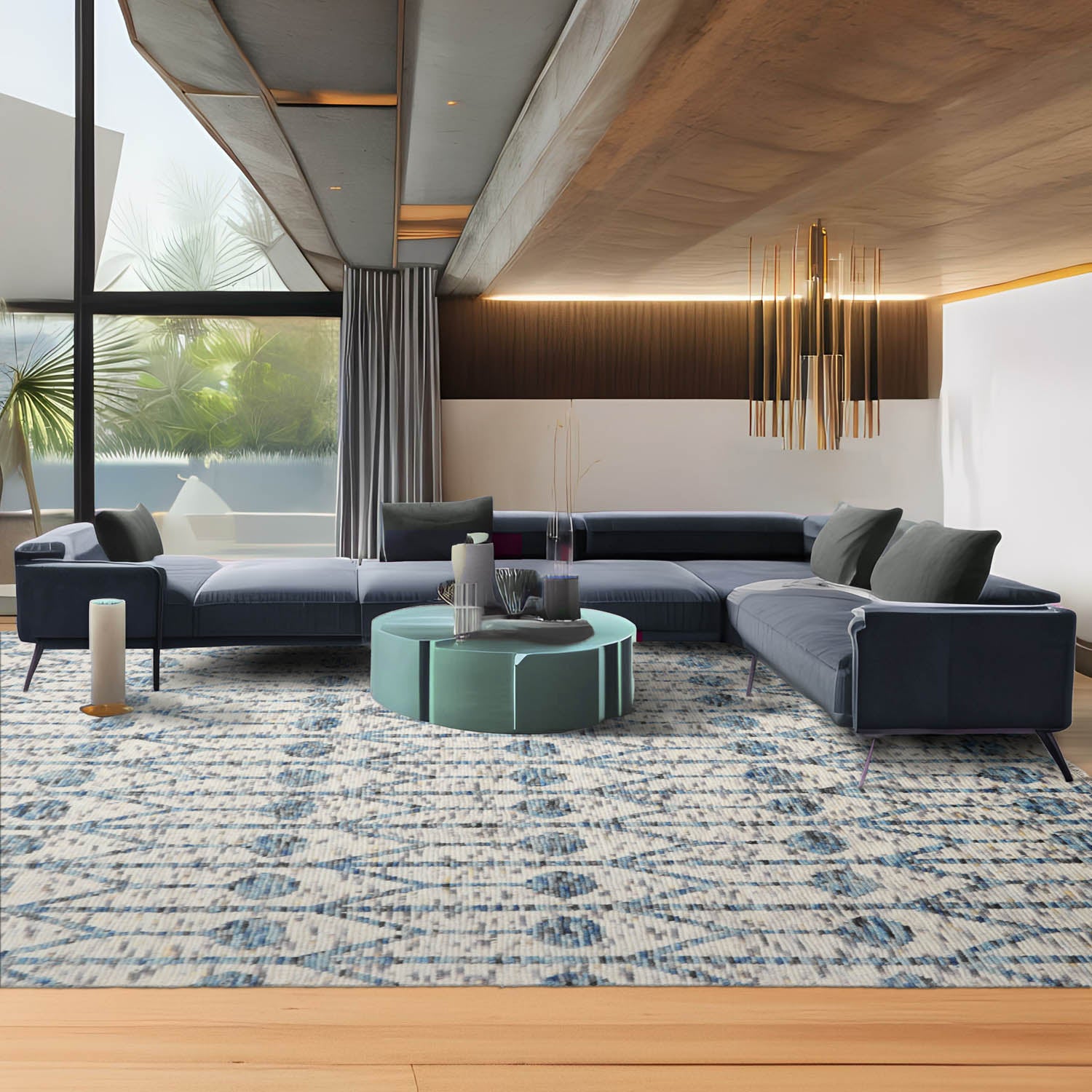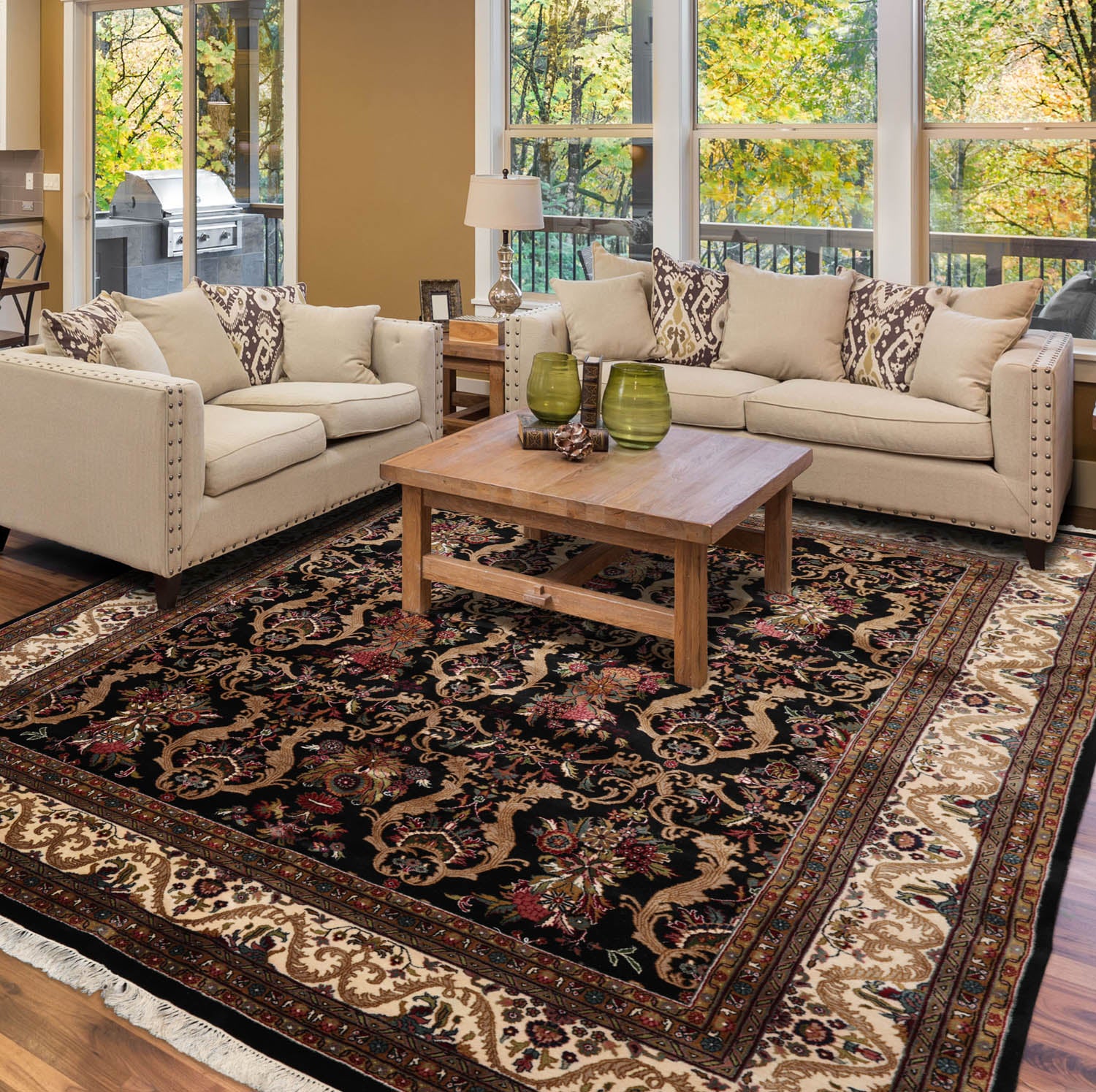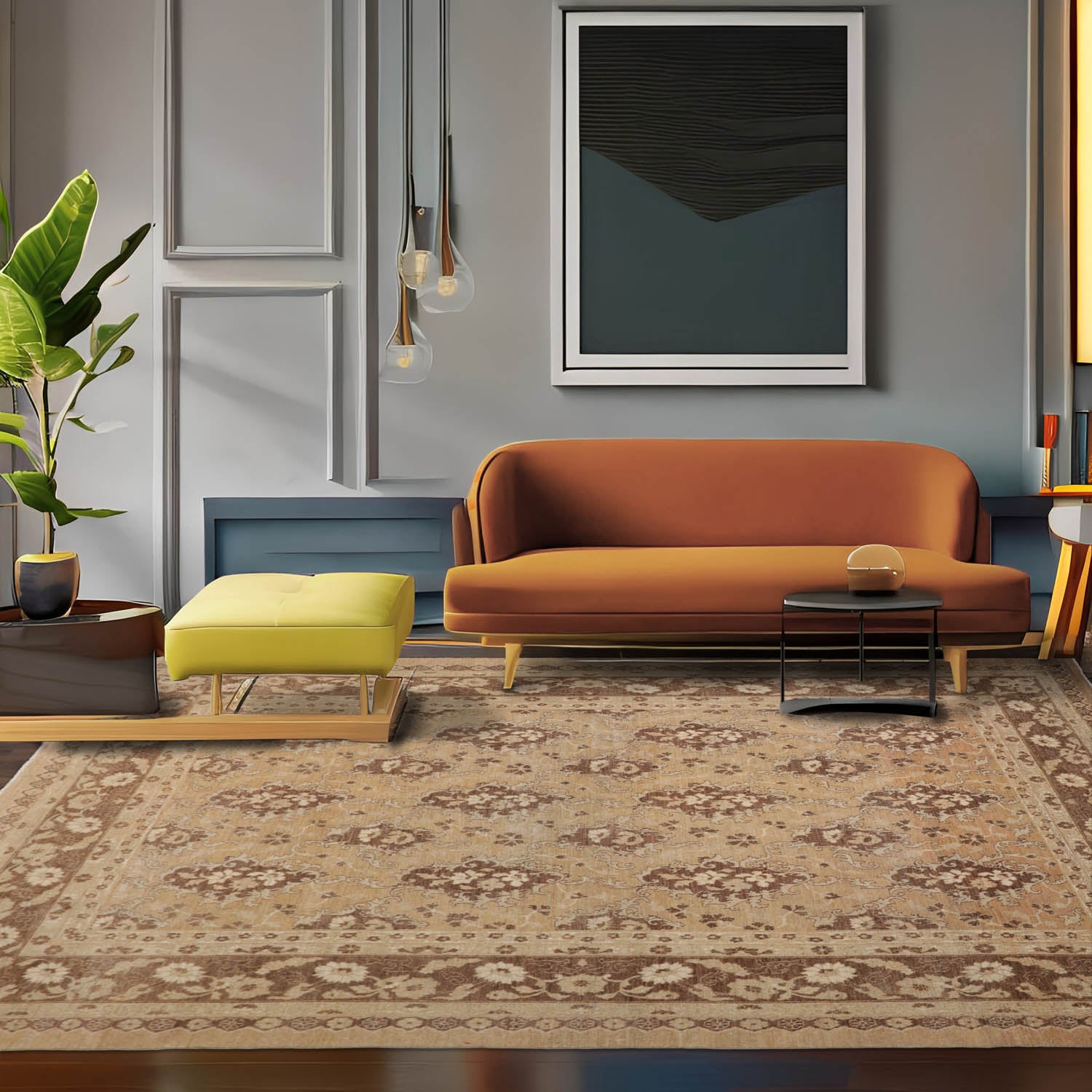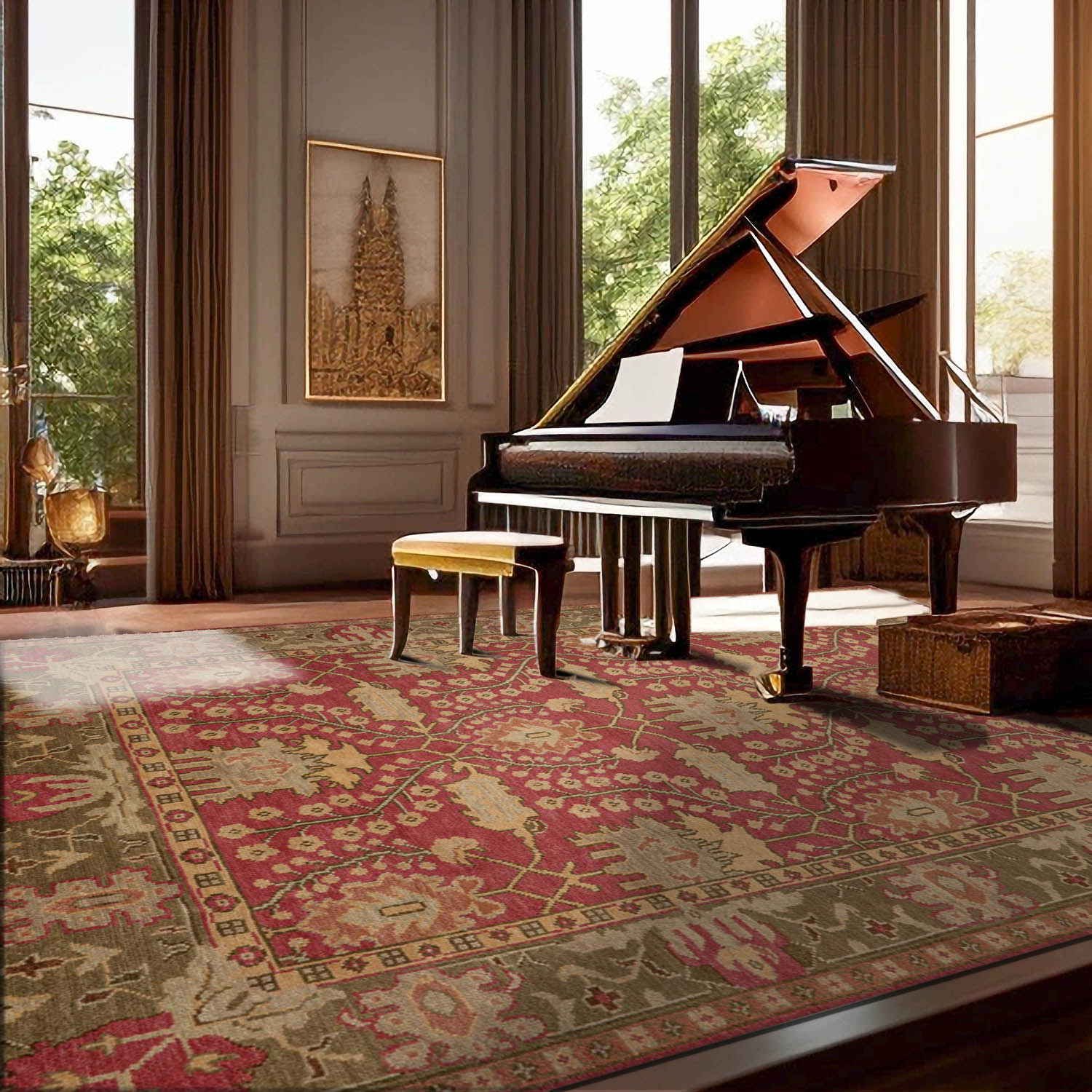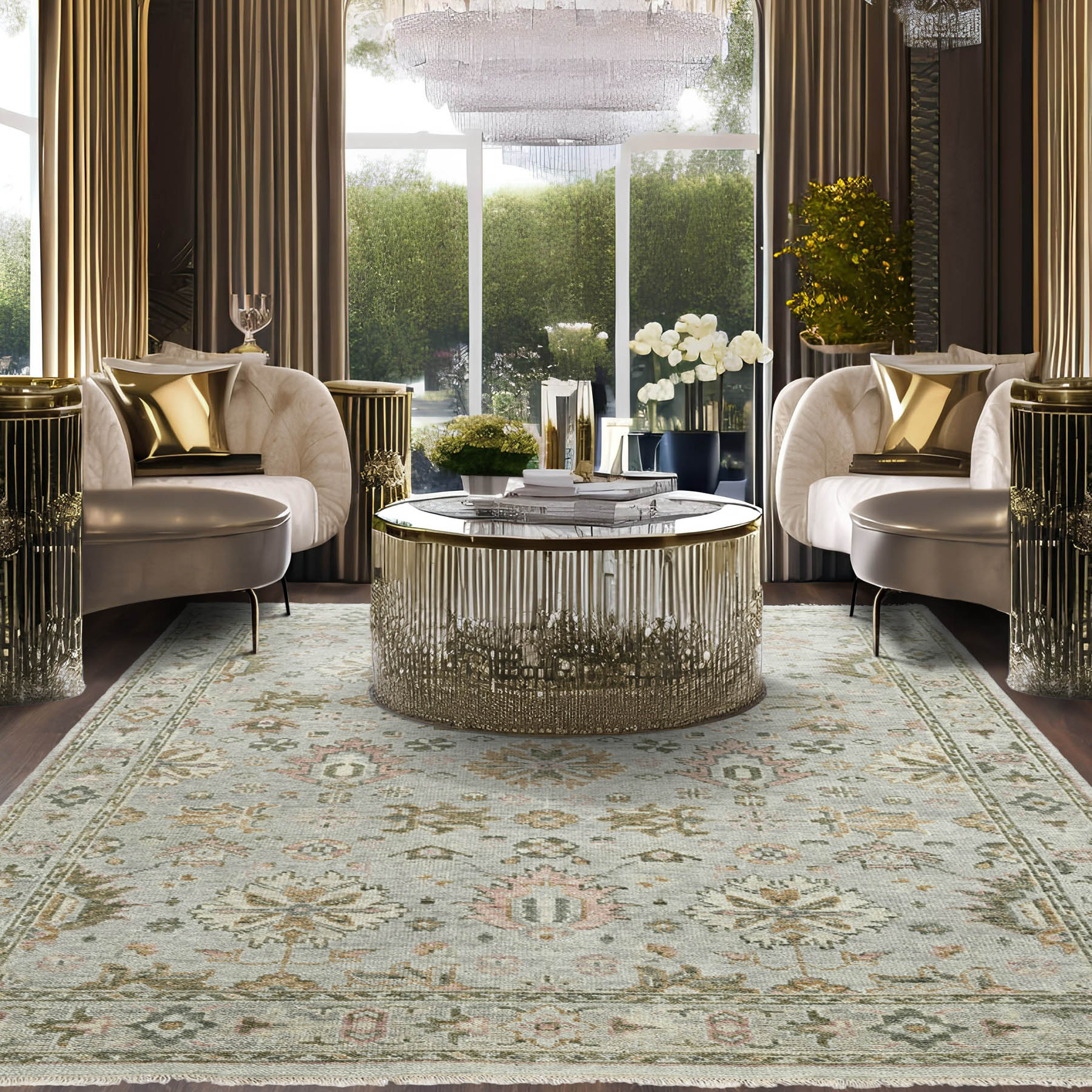Investing In Oriental Rugs
Oriental rugs have a rich and old history, going back millennia. They are renowned for their handiwork, vibrant colors, and intricate designs. The beginning of oriental rugs can be followed to different locales in Asia and the Center East. Before making an investment, you should get knowledgeable about Oriental rugs. It's essential for understanding diverse weaving techniques, materials, historical environments, styles, and origins.
Persian rugs are among the most well-known and exceptionally respected oriental rugs on the planet. They have been woven in Persia for more than 2,500 years. There are many different designs and styles of Persian rugs, and each region of Iran has its own distinctive patterns and methods. Urban communities like Tabriz, Isfahan, and Kashan are famous for their rug creation.
Turkey is one huge maker of oriental rugs, with a set of experiences going back north of 1,000 years. Turkish rugs are known for their mathematical examples and strong tones. The art of rug weaving is well-known in Istanbul and other parts of Anatolia. Rug weaving has a long history in Central Asian nations like Turkmenistan, Uzbekistan, and Kyrgyzstan. The Turkmen rugs of Turkmenistan are renowned for their deep red hues and intricate geometric patterns. Uzbekistan's Bukhara is known for its exquisite silk rugs.
Rugs with striking geometric patterns and vibrant colors have a long history in the Caucasus region, which includes Armenia, Azerbaijan, and Georgia. These rugs are frequently alluded to as Caucasian rugs. India has a rich practice of rug winding, for certain locales like Kashmir and Agra being renowned for their hand-knotted rugs. Indian rugs frequently highlight botanical examples and complicated plans.
Chinese rugs have a distinct history and design, but they are not typically regarded as oriental rugs in the same way that rugs from other regions are. Dragons, flowers, and other traditional designs are typical of Chinese rugs, which are renowned for their intricate designs.
For centuries, oriental rugs have been prized for their beauty and quality, and they have been traded all over the world and along the ancient Silk Road. They are usually made by hand using old methods like knotting and weaving, which helps them be durable and well-made. The particular plans, examples, and shades of oriental rugs can change enormously contingent upon their district of beginning, making them an interesting impression of the way of life and customs of the areas where they are delivered.
Before Investing in Oriental rugs, let’s understand all the indications of authenticity and quality, such design complexity, dye quality, and knot density.
Credibility and Beginning
Authentic Oriental rugs of the highest caliber has a higher chance to rise in value. Aim for hand-spun wool or silk rugs and those dyed organically. Factors like the rug's origin, materials used, and weaving technique can all be utilized for assessing authenticity. Although their quality is just as vital, older rugs - especially those that are antiques - are generally more valuable. A clean, well-kept rug has a higher chance of increasing in value.
Determine whether the rug is genuine and where it came from. Hand-knotted, authentic oriental rugs are usually worth more or less depending on where they came from. Rugs from Central Asia, Turkey, and the Persian Gulf, for instance, are highly sought after.
However, a few utilized signs could lend the rug character and authenticity. Changes in the market have the potential to affect the value of Oriental rugs. Over time, some origins or styles could gain in worth and favor. Stay up with market trends and think about talking with experts or auction houses.
Quality and Materials
The quality and materials utilized in an Oriental rug assume an essential part in deciding its worth. Natural fibers like wool, silk, or cotton are typically used to hand-knot high-quality rugs, each with its own distinct characteristics. Fleece is frequently valued for its solidness, warmth, and rich surface, going with it a typical decision for regular carpets.
Silk, then again, is utilized in better rugs for its sumptuous sheen and capacity to hold mind boggling subtleties in plan, in this way upgrading the mat's tastefulness and worth. Due to its strength, cotton is sometimes utilized in the foundation (warp and weft). The rug's overall durability, appearance, and feel are greatly influenced by these materials' quality and source.
Furthermore, the dyeing procedure is essential; normal colors got from plants and minerals are regularly more esteemed than engineered colors, as they produce more extravagant, more energetic varieties that age perfectly over the long haul. A rug that is both an investment and a work of art thanks to the combination of these high-quality materials and traditional dyeing techniques has the potential to appreciate in value over time.
Density of Knots
The density of knots in Oriental rug is crucial factory deciding their quality and worth. The most common way to measure this density is in knots per square inch (KPSI). The higher the KPSI, the better and more nitty gritty the rug. More than 200 KPSI the oriental rugs are exceptionally nitty gritty and sturdy, frequently thought to be excellent.
The density of knots can differ fundamentally founded on the rug’s starting point, style, and the expertise of the weaver. For instance, Persian and Turkish rugs are famous for their high Knot thickness and complex plans. Keep in mind that although knot density is a significant aspect, it is not the only one. An Oriental rug's value and appeal are also heavily influenced by the design, dyeing, and quality of the materials used.
Age
While age is a significant factor in determining an Oriental rug's value, it is not the only one. For the most part, more seasoned rugs, particularly those that are classical (north of 100 years of age), can be more important. Their rarity and historical significance have contributed to their increased value. Notwithstanding, mature alone doesn't ensure a high worth. The rug's condition is very important; a more seasoned mat that is exhausted or harmed probably won't be essentially as significant as a very much kept one.
In addition, the craftsmanship, plan, and beginning of the mat likewise assume critical parts in its valuation. More valuable is a well-made, intricately designed rug from a well-known rug-making region like Turkey or Persia. It is also important to note that some more recent rugs can also be valuable, particularly if they are made with high-quality materials and exceptional skill.
In rundown, while more established rugs frequently have higher worth because of their unique case and verifiable importance, the general condition, craftsmanship, plan, and beginning are similarly significant in deciding the carpet's worth.
Condition and Size
Rugs with a well - established background or a history of prominent ownership may be worth more. Evidence of the rug's provenance and history may raise its market value. An Oriental rug's worth must be preserved through proper maintenance. In most cases, an antique rug in excellent condition that has been well cared for is worth more.
The size of the rug can influence its worth. Bigger rugs will generally be more costly, however more modest rugs in phenomenal condition with complicated plans can likewise be significant. Bigger the size of an oriental rug, bigger will be the value of it.
Tying Procedure
An Oriental rug's value is greatly influenced by its tying process, which demonstrates the rug's craftsmanship and quality. This multifaceted cycle includes gifted craftsman’s fastidiously hitching the carpet the hard way, a technique that can require months or even a long time to finish, contingent upon the rug’s intricacy and size. The kind of Knot utilized, like the Persian or Turkish Knot, and the thickness of these Knots per square inch, fundamentally impact the carpet's strength and the clearness of its plan. The better and all the more firmly pressed the Knots, the higher the quality and detail of the mat, hence expanding its worth.
Moreover, the materials utilized for the Knots, similar to high-grade fleece or silk, likewise assume a vital part in deciding the carpet's worth. The blend of these elements - the tying method, the Knot thickness, and the nature of materials - brings about an extraordinary, handmade piece that holds creative and social importance as well as has life span, making it a significant speculation.
Notoriety of the Seller
Buy rugs from trustworthy merchants who can give you comprehensive details about the rug's history, materials, and place of origin. Steer clear of purchasing from sources where quality and authenticity cannot be confirmed. It is advisable, like with any investment, to distribute your funds among a variety of categories. If you're serious about investing in Oriental rugs, think about adding a variety of styles, ages, and origins to your collection. Oriental rug purchases are usually made as long-term investments. Patience is crucial because value appreciation can take years.
Support and Care
Legitimate help and care are significant for keeping up with the worth of an Oriental rug. Ordinary support, including delicate vacuuming and prompt regard for spills, helps safeguard the rug's respectability and appearance. Staying away from direct daylight and turning the rug occasionally forestalls lopsided blurring and wear. For deep-seated dirt to be removed and the natural fibers of the rug to be restored, professional cleaning is recommended every few years.
A rug pad plays a significant role, as it gives padding, forestalls slipping, and lessens wear on the rug’s construction. Also, tending to fixes immediately, particularly for issues like fraying edges or free strings, is fundamental to forestall further harm. These methods of care not only help the rug last longer, but they also help it keep its value and aesthetic appeal, making it a treasured and lasting addition to any collection or living space.
Venture Objectives
Explain your venture objectives. Are you primarily interested in taking pleasure in the beauty of the rug, or are you looking for the possibility that its value will increase over time? Understanding your targets can direct your buy choices.
Although the possibility of a financial return plays a role, many people buy Oriental rugs just for the satisfaction of possessing and exhibiting exquisite pieces of art. Acknowledging their artistic and cultural significance might bring equal satisfaction to any possible monetary benefit. Recall that, similar to artwork, Oriental rug values can vary depending on personal preferences, market situations, and other factors. It's a special kind of investing that incorporates design, history, and art.
Conclusion
If you know what to look for, investing in Oriental rugs might be a good idea. The fact that these rugs are often made by hand and can be very old makes them unique. While you're picking a rug to put resources into, ensure it's a genuine one from the spot it expresses it's from, similar to Persia or Turkey. The value of a rug can vary depending on its age and condition. Rugs with a lot of detail and quality usually fetch more money. It's additionally great assuming the rug is intriguing or has a fascinating history. Remember that the style of the rug ought to be something individuals need to purchase at this moment. Keep in mind that making a long-term investment in oriental area rugs can be risky, and the market for these rugs can change. It's fundamental to teach yourself and cautiously evaluate every rug’s interesting characteristics prior to making a buy. Talking with specialists or authorities in the field can likewise give important bits of knowledge while thinking about an interest in oriental rugs.

